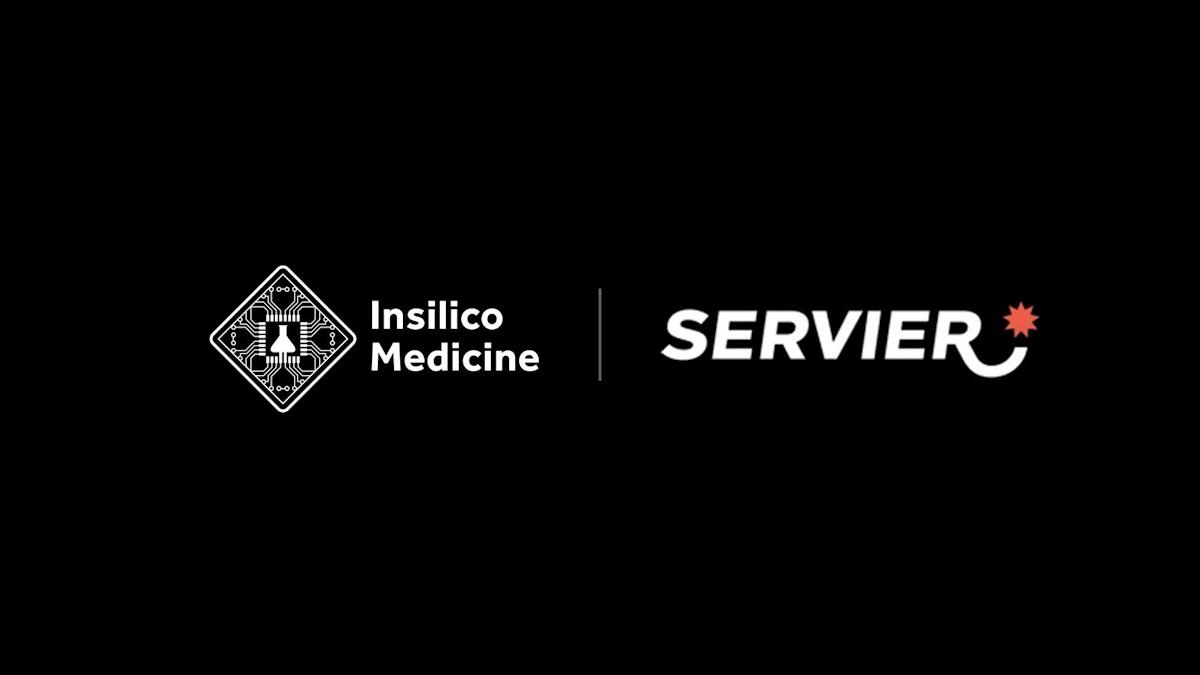TSS vaccine: a breakthrough and potential other applications

A recent Biomedical Research & Bio-Products AG phase 2 study showed that its TSST-1 vaccine is safe and effective against Staphylococcal-induced Toxic Shock Syndrome (TSS), offering a potential preventative therapy option for vulnerable groups and medical workers. What’s also making headlines is its promise in battling MRSA infections.
With preparation for a phase 3 trial now underway, pharmaphorum spoke with the 2019-founded company’s Head of Research and Development for Vaccines, Dr Andreas Roetzer.
Immunisation for up to two years
Dr Roetzer and researchers at the Austrian biopharmaceutical company Biomedical Research & Bio-Products AG, under the direction of Professor Dr Martha Eibl – in cooperation with MedUni Vienna’s Department of Clinical Pharmacology – conducted the phase 2 clinical study. Its results showed that the TSST-1 vaccine is safe and effective, and immunisation lasts for up to two years. Now subject to peer review, with full data to be published in scientific journals next month, preparation of a phase 3 study is duly underway.
Most people can be affected by antibiotic-sensitive and/or antibiotic-resistant staphylococci colonisation, notably on the skin and mucosa. However, while the presence of bacteria in such circumstances is generally harmless and unnoticed, in those with a compromised immune system, a staphylococcal infection can lead to serious illness.
“TSS, toxic shock syndrome, is a serious and life-threatening condition caused by Staphylococcus aureus,” Dr Roetzer said. “For Staphylococcus aureus, you have sensitive and resistant strains. As probably most people know, Staphylococcus aureus can be found regularly on skin and mucosa. About two-thirds of all people have it in their lifetime, maybe as intermittent carriers, or permanent carriers – there's always a certain risk that you experience Staphylococcus aureus infection.”
“However, since Staphylococcus aureus is a very heterogeneous bacteria, this also means that the virulence factors they can own or carry on the genome, and which they can produce, [makes for] a very broad range, whether they can have the genes or whether they produce it,” he explained. “You have a very broad picture of symptoms the host can develop. It's very difficult to develop a certain vaccine against Staphylococcus aureus itself. Therefore, you have to think of several strategies; strategies to develop something which might be protective against a certain symptom or against infection.”
And that strategising, it seems, has paid off.
“We started with Phase 1, which is safety first and tolerability,” Dr Roetzer said. “We already had new analysis of neutralising antibodies, as well as a sidestep, and then we moved on to Phase 2. However, again, this Phase 2 was done in healthy adults [and the] first objective was safety and tolerability again.”
“The second objective was then immunogenicity and persistence,” he continued. “We hope to publish the manuscript next month. However, what I can say about safety and tolerability [is that] it was more or less identical to the results we gained from the first study. It was safe and very well tolerated. Concerning the immunogenicity, […] I would even say our expectations for the immunological endpoint were exceeded because as we already knew from the first Phase 1.”
“They remained high over the whole study, and in this case, after two years, we had two years’ follow-up, and they persistently remained high to the very last endpoint,” Dr Roetzer said. “We had seroconversions for the high doses, more than 80% of the participants, and for the low doses, more than 70% daily. I think we are quite confident with our data to move on to another phase of Phase 3. This will cost a lot of money, so we will see where this goes.”
TSS: a global women’s health issue
What stands them in good stead for Phase 3 is the vaccine’s potential diverse applicability. As seen, Staphylococcal-induced TSS is a serious and life-threatening condition. It affects at-risk patients, including those with compromised immunity (through chronic illness, surgery, or undergoing dialysis), but also premenopausal women (as pertains to tampon use in menstruating women), and can lead to multiple organ failure and even death.
It is worth noting this Women’s Month, that menstrual TSS in fact accounts for around 50% of recorded cases of TSS. First described in the 1980s – when ‘super tampon’ use led to general sepsis symptoms or blood poisoning in younger females – menstrual TSS cases resulted in the regulation of tampon absorption capacity. In France today, a recent study showed that the condition still occurs in approximately one in 100,000 premenopausal women, while in 2015 in Germany, the rate was between three and six in 100,000 menstruating females, according to the Robert Koch Institute. Usually, the patient is hospitalised in an intensive care unit for immediate shock management and antibiotics are administered.
“[TTS] is a global women's health issue because you have this menstrual toxic shock which can affect all premenopausal women,” Dr Roetzer stated. “The prevalence is not that high. You can compare with tetanus, for example. However, it's an issue, and for people who want to protect themselves, this vaccine is the same component. [A] vaccine is hopefully a very cheap opportunity to guarantee lifelong protection.”
“The other group, as I already mentioned, is a bigger, more diverse group,” he said. “People who are at risk may be [those who] were regularly burned, who have a lot of wound infections. [they can] be older people, immunocompromised people who struggle with their health, people who go for elective surgery, and [let’s] not forget that Staphylococcus aureus is the number one cause of so-called surgical site infections. Of course, when you go for elective surgery, you should have the opportunity to get a shot. You have the time of several weeks before and you have the possibility to protect yourself against this possible severe outcome.”
A possible MRSA application
Developed from a detoxified staphylococcal toxin, the vaccine is administered intra-muscularly, and its effects, it is said, are similar to those of a tetanus shot. Post-vaccination, individuals develop protective antibodies and the vaccine’s effects are not dependent on strains’ resistance or otherwise to antibiotics. A simple blood test determines whether a person has low antibody levels, and they can then be vaccinated preventatively.
Nosocomial pathogen Methicillin-resistant Staphylococcus aureus (MRSA) is a constant threat to patients and a major financial burden for the healthcare system. MRSA is resistant to widely used antibiotics, making it much harder to treat, and effective therapies are more expensive, due to the longer hospital stays that such treatment necessitates. Additionally, if those treatments don’t work, dangerous and life-threatening symptoms, such as septic shock or toxic shock, can occur.
Researchers at Vienna-based Biomedical Research & Bio-Products AG have identified a certain class of toxins that are linked to TSS, and which could also play an important role in other diseases caused by staphylococci. Detoxified variants of the medically relevant toxins responsible for various forms of TSS are, therefore. To be combined into a multi-component vaccine, for which studies are already being planned. After all, prevention and early recognition of the signs and symptoms of TSS, and treatment of TSS and MRSA, are crucial to prevent severe complications and improve outcomes.
“Our idea here was to start with, as I already said, a life-threatening condition: toxic shock syndrome,” Dr Roetzer said. “The main reason is that the causative agent or the causative protein here is already known. This is the so-called Toxic Shock Syndrome Toxin 1: TSST-1. It belongs to the class superantigens, which means it can induce the immune system in a very exaggerative way, and this can lead to a severe outcome. 75% of all cases are done or are caused by one certain protein, this TSST-1. This is already known.”
“The idea was to start with this protein as the first main target [and] go against a certain symptom and to start with this as the first candidate,” Dr Roetzer went on. “In general, every one of the big companies doing vaccines are interested in the Staphylococcus aureus vaccine. However, all of them are struggling because it’s difficult to develop the right strategy because, probably for sure, you have to go for a multi-component vaccine. Our idea was we go first with one candidate against a certain symptom, and when we have here, so to say, the foot in the door for this symptom, for the toxic shock syndrome, ideally, we could go on and develop then with further steps with more components: in the end, a multi-component vaccine against the infection itself. However, here, we go against a certain symptom, and as you mentioned MRSA before, this symptom can be caused with no differences by resistance strains and sensitive strains - there is no difference.”
And this leads to the potential for circumventing antibiotic use.
“The idea is, when we have something to protect against a symptom, there might be a certain possibility or a likelihood that you don't even have to give antibiotics anymore,” Dr Roetzer said. “Because, if you have a symptomless infection, you don't have to give any medication […] There is a shortage of antibiotics right now. Ideally, with something like against severe symptoms, if you have something to protect against it, you can also somehow contribute to antibiotic-free medication possibility.”
There is the possibility, also, of using hyperimmune globulins as a treatment for TSS, both preventatively – for example, prior to major surgery – and in acute cases, such as in burn patients.
“Hyper immunoglobulins are a wonderful idea,” Dr Roetzer began. “There is an ‘however’, [though]. You can decide whether you want to go for prevention or whether to go for an acute and therapeutic way to say it. If you decide to go with a vaccine, with prevention, you can vaccinate people for elective surgery or people at risk whatsoever, or you go because the prevalence is not so high, you go directly for hyper immunoglobulin. Therefore, of course, the single steps before you reach your aim of hyper immunoglobulin, there are more steps to go and it's a bit more complicated.”
“We had the idea to go that way,” he explained. “However, we don't have the expertise here in-house to develop this hyper immunoglobulin on our own. This is not possible. However, there is the idea since we’ve gone for scientific advice for Phase 3. That one possibility to ask the agencies whether it would be suitable to go for hyper immunoglobulin. The idea to go for acute treatment in the hospitals is - we know about this, we talked about it, we know about the possibility. However, this is also a question with investors we are talking to, and what their wishes are, what the ideas are [that] they have for this company.”
About the interviewee
 Dr Andreas Roetzer studied biology at the University of Vienna and received his PhD in Microbiology and Genetics. Since 2012, he has been responsible for research projects and clinical studies at Biomedical Research & Bio-Products AG. He currently serves as head of research and development for vaccines
Dr Andreas Roetzer studied biology at the University of Vienna and received his PhD in Microbiology and Genetics. Since 2012, he has been responsible for research projects and clinical studies at Biomedical Research & Bio-Products AG. He currently serves as head of research and development for vaccines











